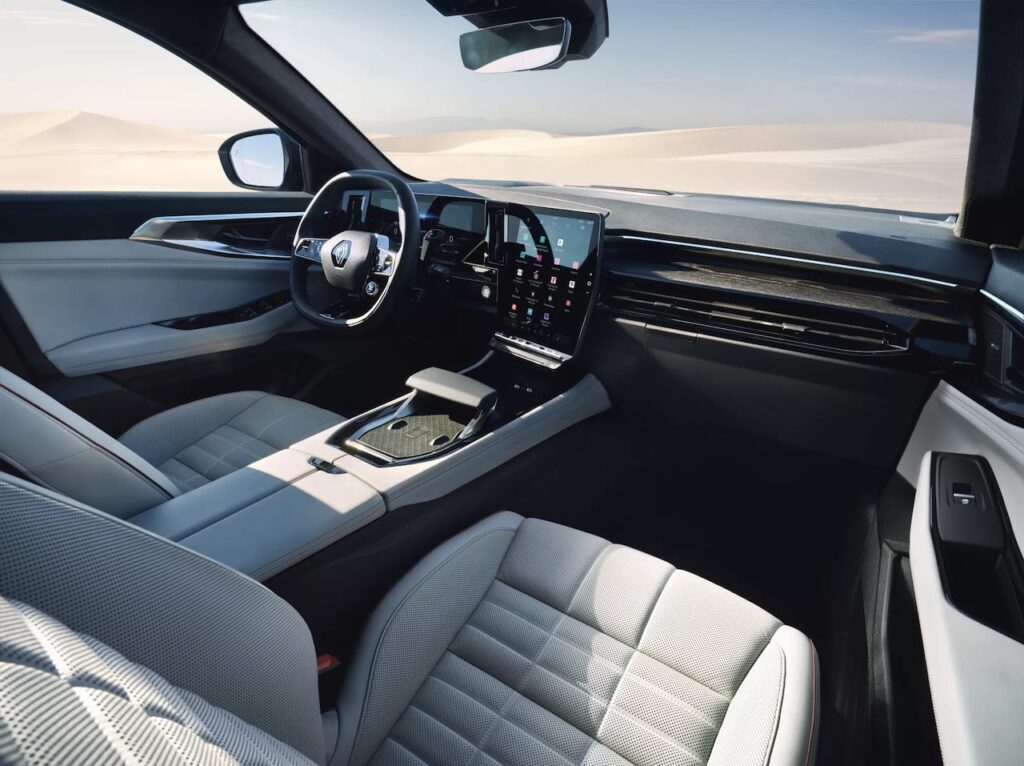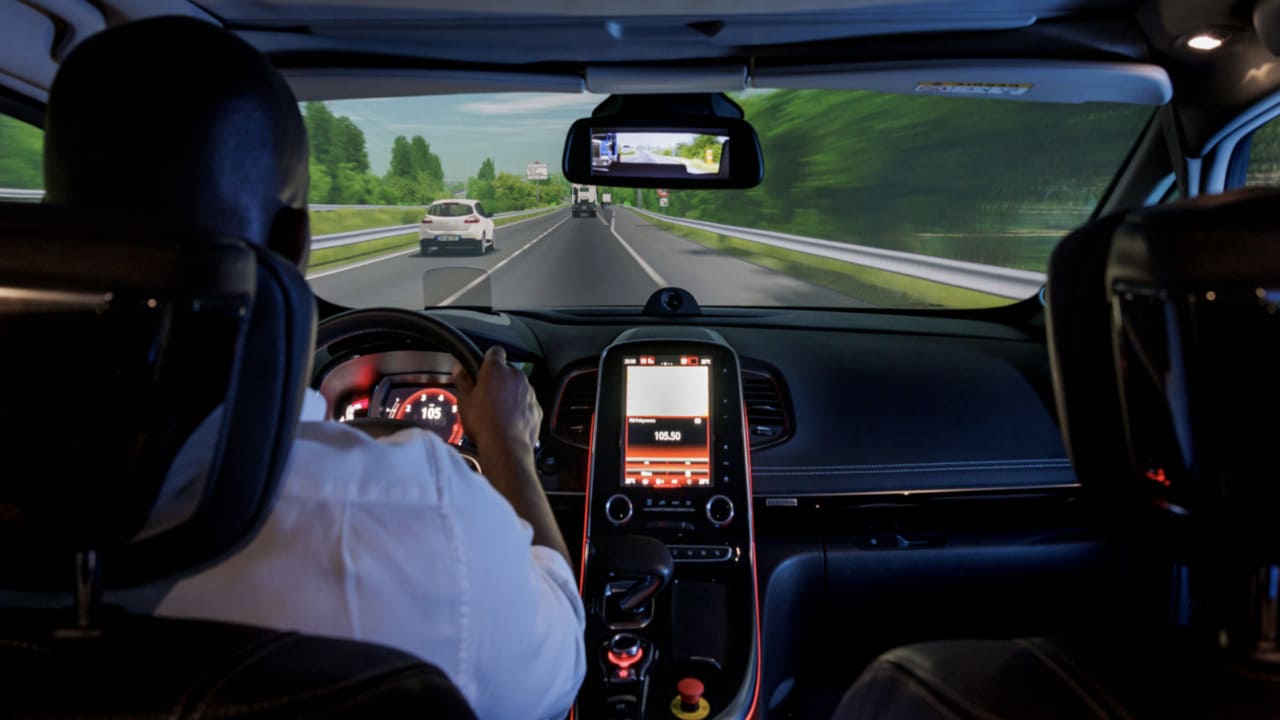The digital transformation of Gruppo Renault and above all the perspective of Software Defined Vehicle evolve simulation needs. After years of work and an investment of 26 million euros, Groupe Renault has just inaugurated, at the Technocentre, the heart of the Group’s Engineering Department, a building entirely dedicated to driving simulation and immersive simulation, where most of its tools and skills are concentrated. For the occasion, Groupe Renault also unveils ROADS, the brand new immersive driving simulation tool, probably the best performing in the world.
Renault Group: a building dedicated to driving simulation
By inaugurating the brand new 2,300 m² building dedicated exclusively to driving simulation and immersive simulation, Groupe Renault offers the Engineering Department a valid tool that will make it possible not only to enhance the design, but also accelerate the development process of the vehicles of its various brands . The accuracy of the rendering of the simulation is such that it also makes it possible to considerably reduce development costs, above all by limiting the use of physical prototypes.
With the introduction of the digital twin, simulation is used not only in the design development phases of the vehicle, but also during its life as a production model, allowing updates and new added features to be developed and tested in complete safety.
 Renault, the offer is served, new partner apps are arriving, press office source
Renault, the offer is served, new partner apps are arriving, press office source
Group Renault, pioneer of digital simulation
For over 25 years, Groupe Renault, creator of simulation software SCANNERis one of the pioneers of digital simulation used to virtually test vehicle performance, define Human-Machine Interfaces (IUM) and their ergonomics, validate safety features and study driver behavior and feedback.
Thanks to virtual reality, engineers can realistically immerse themselves in a digital vehicle without resorting to physical prototypes, to test and validate the components, performance and on-board systems “designed on paper”.
For example, to evaluate and validate the lighting performance of future vehicles, engineers no longer carry out night driving tests, as simulators allow them to faithfully reproduce both the environment and the dynamic performance of the light units in the environment itself.
The Renault Group has thus acquired unique skills and co-developed a series of digital and immersive simulators. As technological developments progress, simulators have evolved and are now able to incorporate more and more parameters (other vehicles on the road, state of the roadway, weather conditions, reflections, etc.), but also the life on boardsuch as the driver’s physiological data (state of fatigue, stress, etc.).
Beyond the limits of simulation
By developing an extraordinary simulator in collaboration with AV Simulation, ROADS (Renault Operational Advanced Ddemolition Simulator), Groupe Renault once again places itself in pole position in the immersive simulation.
Installed in a purpose-built warehouse of approximately 1,400 m² and 12 meters high, ROADS can house an entire vehicle in its dome, allowing for 360° phygital immersion, with a mix of physical and digital elements.
Mounted on powerful jacks and sliding on 25 x 25 meter rails, with 90 tons in motion and acceleration of one G on each axis, ROADS precisely and faithfully reproduces the dynamic behavior of any vehicle in any condition: type of road, traffic density , interaction with other vehicles, altitude, weather conditions, brightness, etc.
Con ROADS, engineers can evaluate, at any stage of vehicle development, behavior, performance, safety, driver assistance devices, etc. on a completely virtual road or the faithful reproduction of an existing road. The field of possibilities is infinite.
















Leave a Reply
View Comments